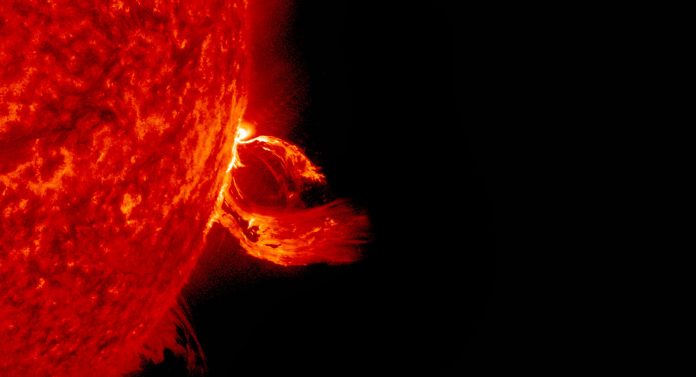Groningen researcher Michael Dee’s method for high precision radio-carbon dating has made the Seven Technologies to Watch in 2023 of science magazine Nature. In 2021, he used it to pinpoint the exact year Vikings were in America.
Dee’s method is based on peaks in C14 levels in the atmosphere caused by great solar storms, one of which happened in the year 992. The heightened C14 levels caused by that storm can still be found in tree rings. Once you’ve identified the spike in wooden archeological findings, you know in which year that ring has been formed. All you have to do then to date the object is count the rings that were formed afterwards.
He and his co-researcher Margot Kuitems did just that with wooden artefacts found on the known Viking settlement L’Anse aux Meadows in Newfoundland, which allowed them to prove that Vikings were there in the year 1021 – the earliest known instance of the Atlantic Ocean being crossed.
Dee is extremely happy. ‘I was blown away. We’re mentioned in the same article as the James Webb Space Telescope, or CRISPR-Cas gene editing. It is really a new pinnacle to be mentioned in this way.’
Dee is planning on building on his results in a new project that he was awarded an ERC Consolidator Grant for. ‘My new project aims to look at the contact between Europe and North America, prior to Columbus. We want to pinpoint how frequent people went in between Europe and North America, because the contact may have been more extensive than we know.’




